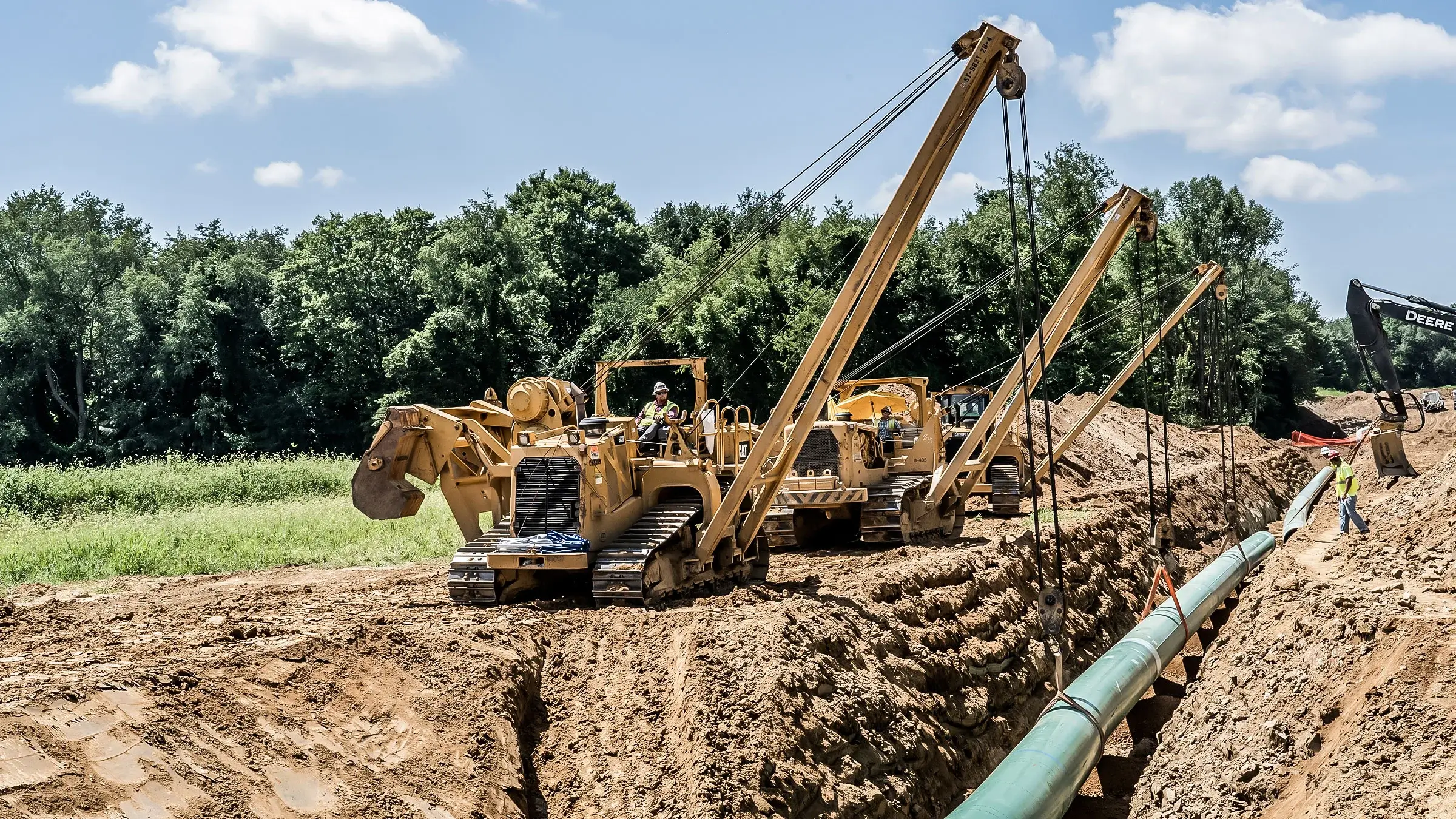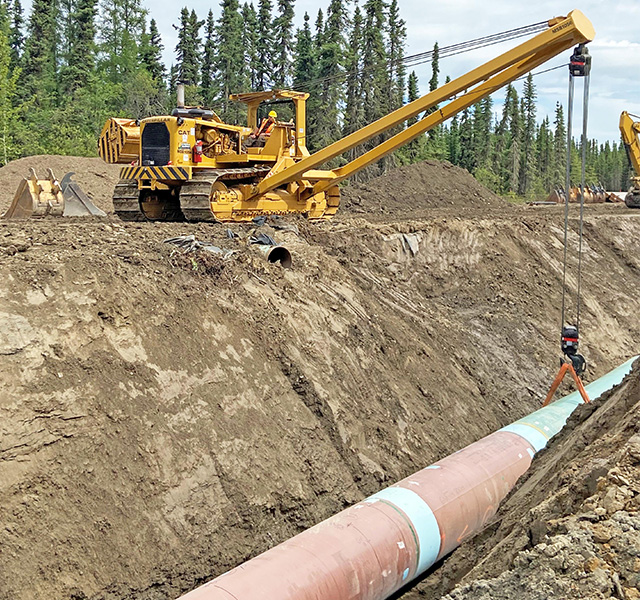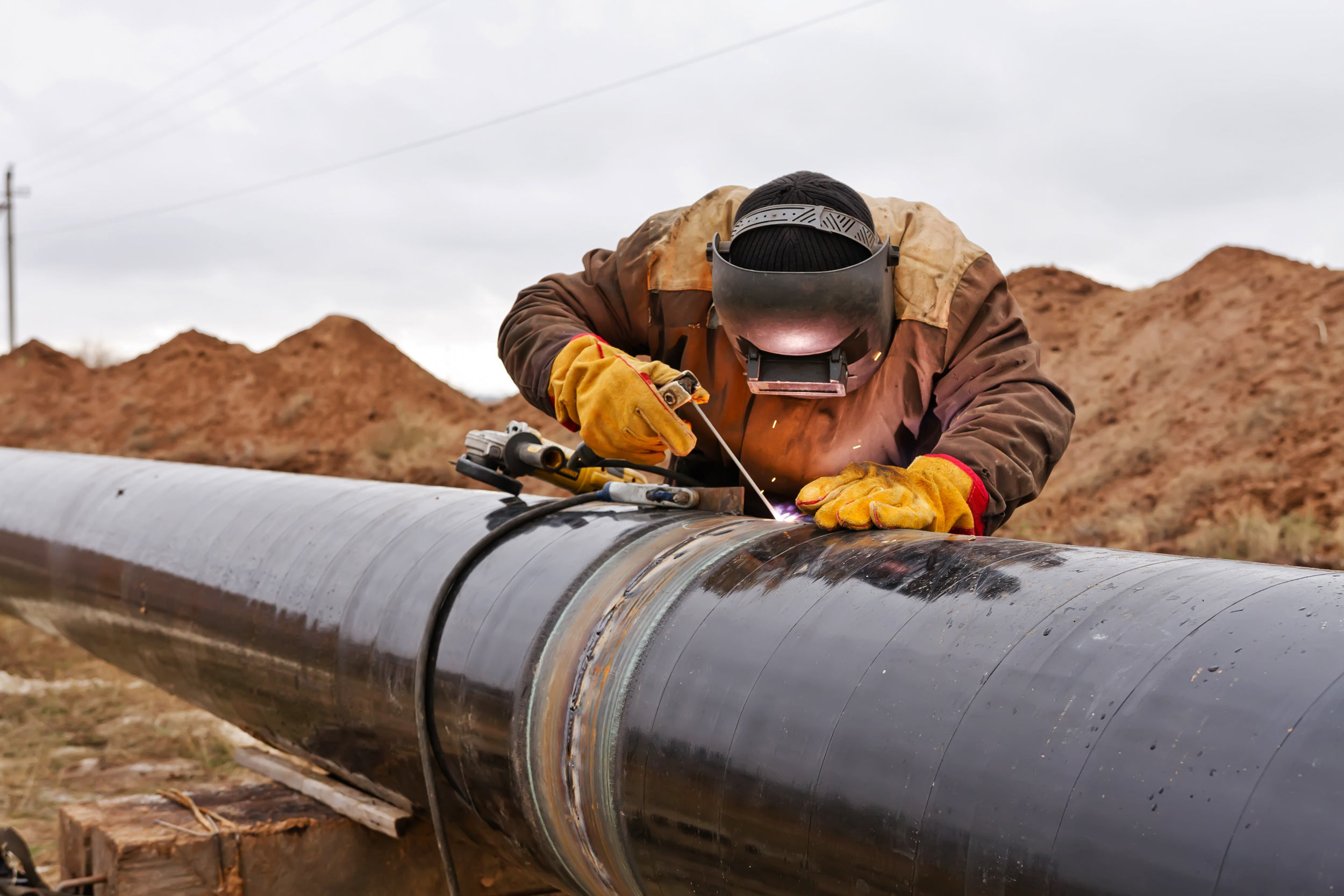Industry Breakdown of Creek Pipe reviews and Customer Experiences
Wiki Article
Understanding the Essentials of Pipes Installation: What You Need to Find Out About the Refine
Correct pipe installation is necessary for any plumbing system. It needs cautious factor to consider of numerous elements, consisting of product selection and adherence to local guidelines. A tactical format can avoid problems like stress loss, while the right devices ensure efficient signing up with strategies. Even experienced installers can make common mistakes. Comprehending these basics can bring about an extra reliable and sturdy system, prompting a better check out the crucial elements associated with the procedure.Picking the Right Products for Pipe Installation
When considering pipe installation, the option of ideal products is important to making certain longevity and capability. Numerous materials are offered, each offering unique advantages and considerations. As an example, PVC pipes are lightweight, resistant to deterioration, and cost-efficient, making them excellent for household pipes. Alternatively, copper pipes, known for their long life and capacity to endure high temperatures, are usually liked for home heating systems.Additionally, galvanized steel pipelines offer strength and toughness, appropriate for sturdy applications, although they are vulnerable to rust over time.For below ground installations, polyethylene pipelines are favored as a result of their flexibility and resistance to stress breaking. Appropriate material selection depends on the certain needs of the task, including stress ratings, temperature level variations, and the chemical nature of the fluids being transported - Creek Pipe contact. Eventually, informed options regarding pipe materials add greatly to the general success and longevity of plumbing systemsRecognizing Local Building Ordinance and Laws
Exactly how can understanding local building ordinance and laws impact pipe installation? Experience with these codes is essential for making sure that pipe installations are safe, compliant, and effective. Neighborhood building ordinance describe specific demands pertaining to products, installation strategies, and precaution, which need to be stuck to in order to stay clear of possible legal problems and expensive fines.Failure to conform can cause assessments being fallen short, delays in project completion, or even mandated removal of improperly set up pipelines. On top of that, recognizing zoning regulations and guidelines can influence the kind of materials allowed, in addition to the approaches used for installation.Contractors and house owners alike must invest time in evaluating local laws before commencing any kind of installation task. This positive strategy not just advertises security but also boosts the overall quality and resilience of the plumbing system, inevitably promoting lasting capability and satisfaction.Preparation Your Pipe Design and Style
Appropriate planning of pipe layout and layout is crucial for accomplishing an effective pipes system. This process starts with examining the particular demands of the room, thinking about the location of components and appliances. Exact dimensions ensure that pipelines are appropriately routed, minimizing bends and transforms that can result in pressure loss.Consideration of the circulation rates and the kinds of materials made use of is important, as different products have varying longevity and compatibility with pipes systems. Additionally, the developer ought to make up future expansions or alterations to the format, enabling adaptability in case of renovations.Efficient water drainage and ventilation are additionally considerable parts of the design, as they stop clogs and ensure appropriate waste elimination. Partnership with neighborhood structure codes assures compliance and safety and security, which is critical in any kind of plumbing installation job.Essential Tools and Devices for Installation
Successful pipe installation hinges on having the right devices and tools handy. Important tools consist of pipe cutters for clean cuts, wrenches for tightening up fittings, and pliers for grasping and turning pipes. In addition, a degree guarantees pipelines are installed evenly, while a determining tape aids in accomplishing exact lengths.For details products, a soldering iron may be required for copper pipelines, while a PVC cutter is important for plastic options. Security devices, such as gloves and goggles, shields installers from potential hazards throughout the process.A pipeline bender can be specifically useful for creating smooth curves without compromising integrity, while a torque wrench warranties that connections are secured to the producer's specifications.Having these tools readily offered not just promotes a smoother installation process yet additionally adds to the total resilience and performance of the plumbing system. Correct tools is essential in attaining durable outcomes.Methods for Proper Pipe Joining and Securing
Accomplishing a safe and secure and leak-free connection between pipes requires careful focus to signing up with and sealing techniques. Various methods exist, each matched to different pipe materials and applications (Creek Pipe Company). Welding is often utilized for steel pipelines, making certain robust connections with warmth combination. In comparison, plastic pipelines take advantage of solvent cement or fusion welding, creating solid, permanent bonds.Threaded connections prevail in both steel and plastic piping, needing precise alignment and using suitable sealers, such as Teflon tape or pipe dope, to stop leaks. Compression installations supply one more choice, where mechanical pressure secures the pipelines with each other, making them quickly dismantled for maintenance.Regardless of the method picked, appropriate prep work is vital. This consists of cleaning pipe ends and guaranteeing they are devoid of particles. Implementing these methods faithfully will boost the longevity and integrity of the pipe system, ultimately adding to its effective efficiencyUsual Mistakes to Avoid During Installation
Throughout pipe installation, staying clear of common errors is essential for making sure a reliable and efficient system. One frequent mistake is falling short to measure and cut pipes accurately, which can result in inappropriate installations and leakages. In addition, neglecting to check the compatibility of materials can lead to rust or various other damage gradually. Incorrectly safeguarding joints and connections can also create weak points in the system, causing prospective failures.Another typical error is ignoring the value of slope and water drainage; pipes must be installed at the correct angle to promote correct flow. Insufficient support for pipelines can bring about drooping and stress and anxiety, influencing the honesty of the system. Inevitably, neglecting regional codes and policies can lead to expensive rework and safety hazards. By being mindful of these risks, installers can substantially boost the durability and efficiency of pipe systems.Upkeep Tips for Resilient Pipe Solutions
To assure the longevity of pipe systems, routine inspections and cleaning are necessary practices. These measures aid recognize prospective problems prior to they intensify right into major issues. Furthermore, employing proper insulation techniques can even more shield pipes from temperature variations and environmental elements.Regular Examinations and Cleansing
Regular evaluations and cleansing are essential for maintaining the long life and effectiveness of pipe systems. Frequently checking out pipelines for indicators of deterioration, leaks, or obstructions can help identify prospective issues before they rise into costly repair services. Cleansing pipelines periodically gets rid of build-up that can restrict circulation and advertise degeneration. It is a good idea to arrange evaluations at the very least as soon as a year, but extra regular checks may be necessary in high-usage atmospheres. Using expert services for thorough cleansing guarantees that all particles is successfully gotten rid of. Additionally, maintaining records of evaluations and upkeep activities help in tracking the system's health and wellness gradually - Creek Pipe trenching services. By prioritizing these techniques, building owners can enhance the integrity and life expectancy of their pipe systemsProper Insulation Methods
Reliable insulation techniques play a vital duty in preserving the effectiveness and durability of pipe systems. Proper insulation lessens heat loss in hot water pipelines and stops freezing in Creek Pipe reviews chilly water pipes, substantially lowering energy expenses and possible damages. Typical products made use of for insulation include fiberglass, foam, and rubber, each offering varying degrees of thermal resistance. It is crucial to ensure that insulation is used evenly, covering all exposed locations without voids. Furthermore, securing insulation with appropriate fasteners assists maintain its setting and effectiveness gradually. Routine evaluations ought to be performed to recognize deterioration, assuring prompt substitutes. By executing these techniques, pipe systems can run successfully and have a prolonged life span, eventually profiting both the atmosphere and the house owner.
Often Asked Inquiries
Just how Do I Identify the Appropriate Pipe Size for My Job?
Identifying the proper pipe dimension entails evaluating the project's flow requirements, pressure specs, and the kind of liquid being moved. Consulting design requirements and performing estimations warranties ideal efficiency and effectiveness in the installation procedure.What Are the Ecological Influences of Various Pipe Products?

Can I Set Up Pipes Myself or Should I Employ a Specialist?
The inquiry of whether to install pipes independently or work with a specialist usually relies on the person's ability degree and job complexity. An expert may ensure compliance with policies and decrease potential lasting issues.
How Much Time Can I Expect My Pipe Installation to Last?
The durability of pipe installation varies significantly, normally lasting 20 to 100 years, relying on products, installation top quality, and maintenance. Regular inspections and proper treatment can boost durability and avoid premature failures.
What Are the Indicators of a Failing Pipe System?
Indicators of a falling short pipe system include frequent leakages, uncommon water pressure changes, stained water, mold growth, and persistent dampness. Homeowners need to keep track of these indicators to avoid costly damage and guarantee timely repair work are made.Report this wiki page